It’s always rather eerie being one of the first at the training centre, especially when it’s still pitch black outside and there’s not another soul to be seen. Even when people do start to arrive the look on their faces says “I’m tired” as their bodies slowly wake to the day ahead – you’ve got to love the good old circadian rhythm – still, it’s nothing a drink of coffee and a tasty breakfast bar can’t fix. At the training centre, Academy trainees can be scheduled to start at any point between the published times of sunrise and sunset, morning and evening civil twilight to be exact, so thankfully we’re not always in at the crack of dawn. The exception to this rule is night flying, but in that case you’ll usually have the daytime off. There’s also maximum duty hours that have to be adhered so I guess you could say scheduling somewhat emulates the airline environment in that respect.
SUN UP WHEELS UP
For day flying, the maxim is SUN UP, WHEELS UP, referring to the aircraft landing gear that goes up after take-off. The moment you see the rising sun in the sky, all the griping about the early morning magically disappears. There is a reason why ancient civilizations used to worship the sun, it does give you energy.
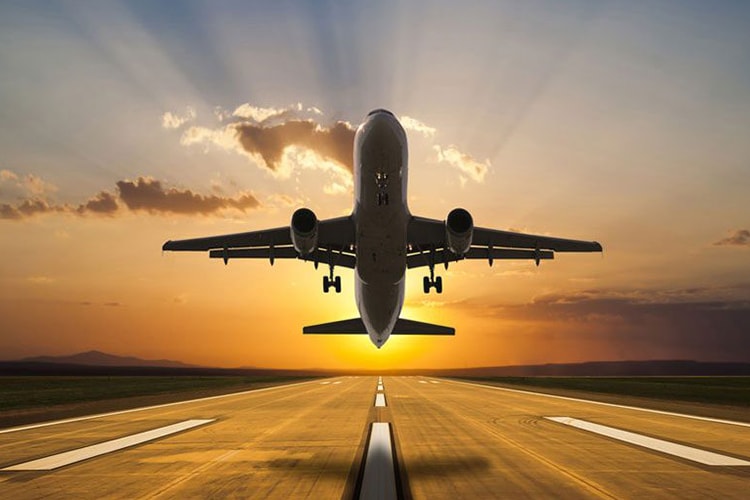
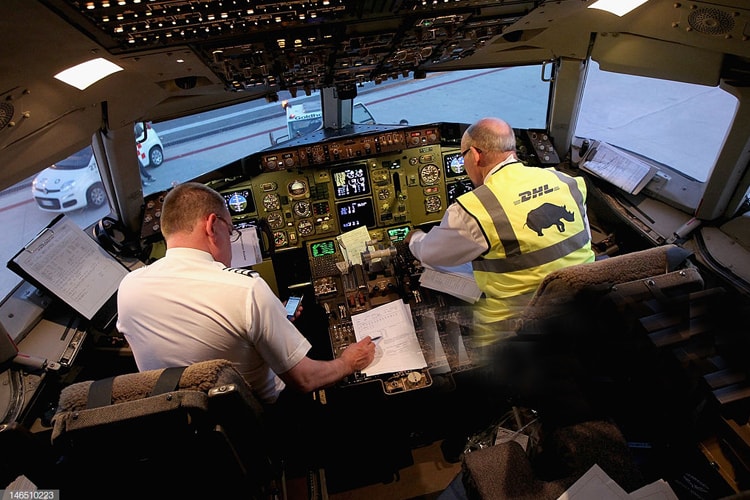
CHECK PAPERWORK
When it comes to planning a navigation flight there’s various paperwork that needs to be completed/checked before we can go. We begin by marking our route on the charts and noting down the associated distances, altitudes etc. on our flight log. We then move on to check the weather ensuring it’s above legal minima before using the forecasts to help calculate headings, ground speeds and times enroute. Mass & Balance and associated Performance calculations help us to ensure that once loaded our aircraft is able to take off and land at each intended airport inside both the manufacturers’ weight restrictions and available runway length(s).
NOTAMS
The final bit of admin, prior to going outside in the rather fresh winters air to pre-flight, is to check the NOTAMS, short for Notices to Air Men, which are issued by various authorities and notify of threats and considerations in flight. Examples of these include military training areas and/or danger zones being active thus closing applicable airspace, as well as runway closures and the presence of cranes and glider activity to name but a few.
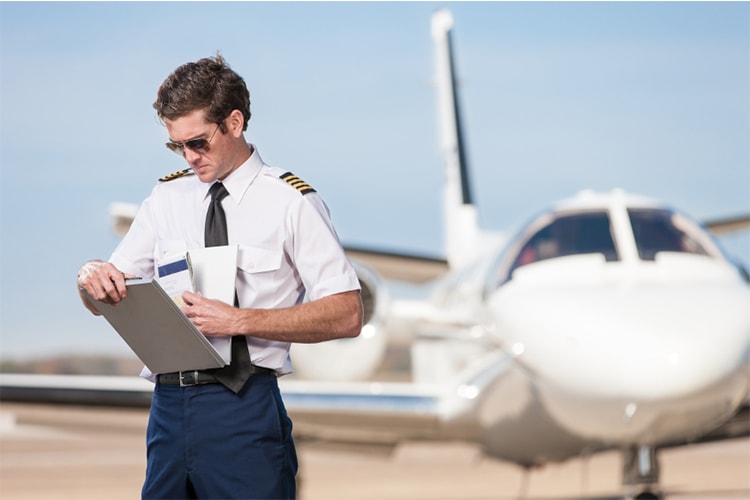
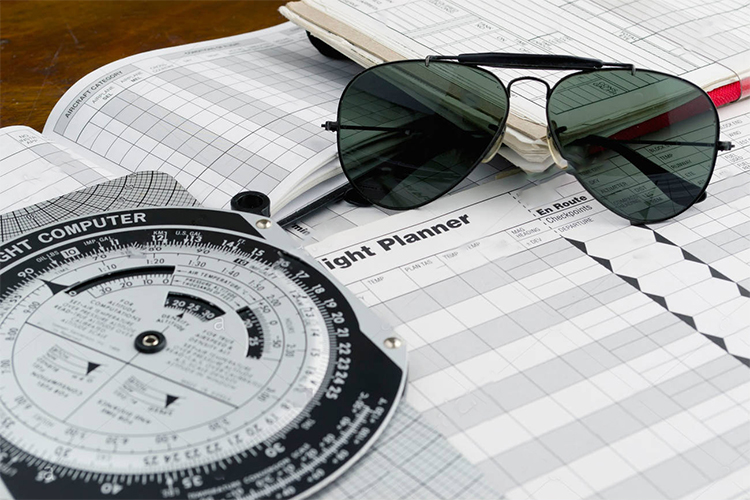
AIRCRAFT TECH -LOG
With all the planning out the way we call by the operations desk to collect the aircraft tech-log and check it contains the required legal documents. We also check that the aircraft has enough hours remaining to accommodate our flight prior to its next scheduled service and that if outstanding maintenance items exist; they’ve been signed as completed or deferred as per manufacturer recommendations. If neither, then the aircraft simply can’t fly.
PRE-FLIGHT WALK
Donning a high vis., we then head outside to commence the pre-flight walk around. We check fuel and oil levels (topping up as required), fire extinguishers, first-aid kit validity, control surface movement, the presence of visible icing, propeller conditioning and lighting among other things. In the case of today’s flight everything is in good working order although we will require de-icing prior to departure thanks to a visit from Jack Frost overnight. On completion of the pre-flight we head back inside to talk everything through with our assigned sign out instructor. We discuss the route itself plus receive a few on what to look out for enroute. Everything was in order and we were given the green light. Let’s go explore!
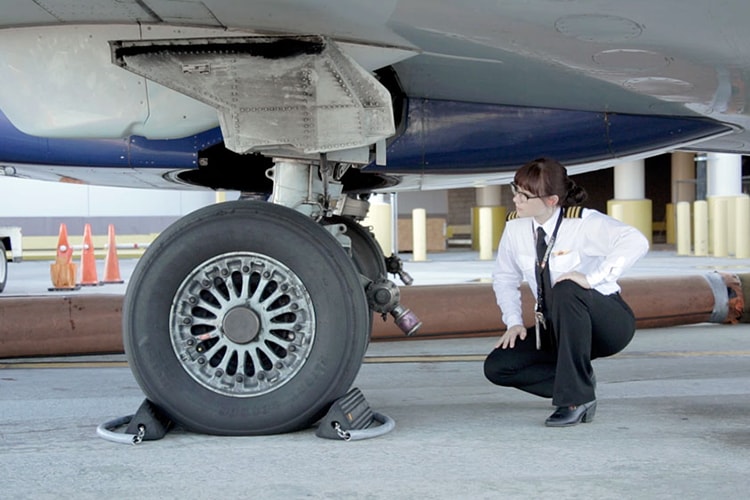
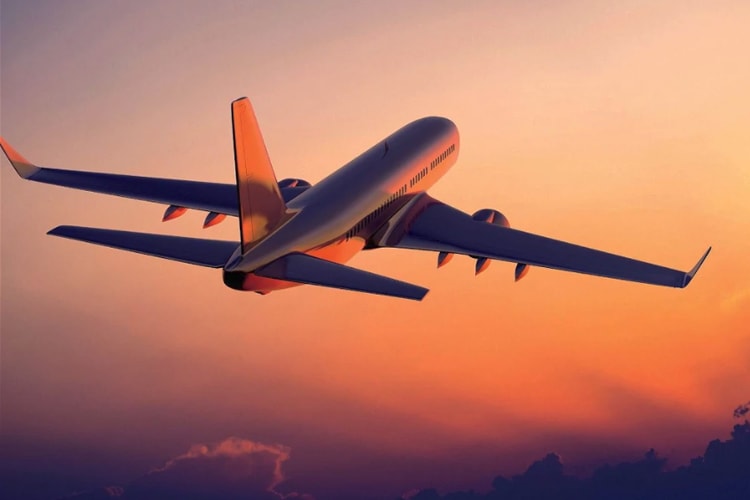
TAKE OFF
Hopping in the aircraft, completing the start-up checks, run-ups, taxi and take off, there’s nothing that I have experienced to date that comes remotely close to the feeling of flight. If all you’ve done to date is fly as an airline passenger, then you are almost certainly in for a treat. Be you at the controls of the C172 or the Katana, the elation as you lift from the ground is indescribable.
![]()

